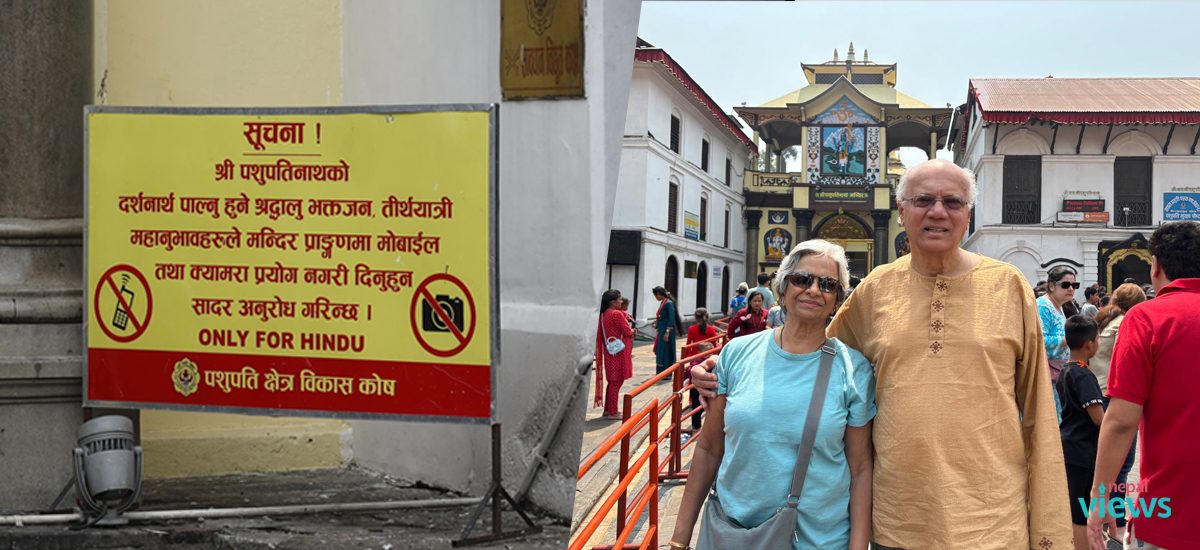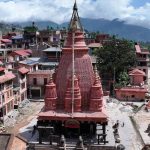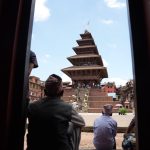Kathmandu: On the morning of April 25, when Sudhir Lakshman Prabhu and his wife Prasanna Prabhu went to the Pashupatinath temple, they assumed it would be just another prayer ritual. Yet, they were excited to be visiting one of the holiest Hindu shrines.
They were, however, completely unaware that they might be asked to prove their Hindu identity. Just as they were about to enter, they were stopped at the main gate by some security personnel and asked if they were “indeed” Hindus.
Their fault — they did not “look” like Hindus. Why? Their skin color was “goro,” meaning white (in Nepali, “goro” often refers to the fair skin of Westerners).
Security personnel pointed at a nearby signpost that read “ONLY FOR HINDU,” meaning only Hindus could enter the temple premises.
“But we are Hindus,” the couple argued, but in vain.
When asked to furnish ID cards, they showed their passports and driver’s licenses. But the cards did not specify their religion.
Sudhir then showed a photo of himself participating in a Hindu ceremony dedicated to his family deity in India. He presented his business card, which identified him as a founding member of the Ganesh Temple in Jacksonville, Florida, USA, and Vice President of the Hindu Collective Initiative of Northeast Florida. An exasperated Sudhir even pointed to the mangalsutra, a necklace worn only by married Hindu women, on his wife.
The Nepali police were not convinced. They insisted that the Prabhus did not “look” like Hindus.
“I even offered to recite the Gayatri Mantra to prove that we are Hindus,” Sudhir recalled later. Denied entry, the couple had no option but to return without offering puja at Pashupatinath.
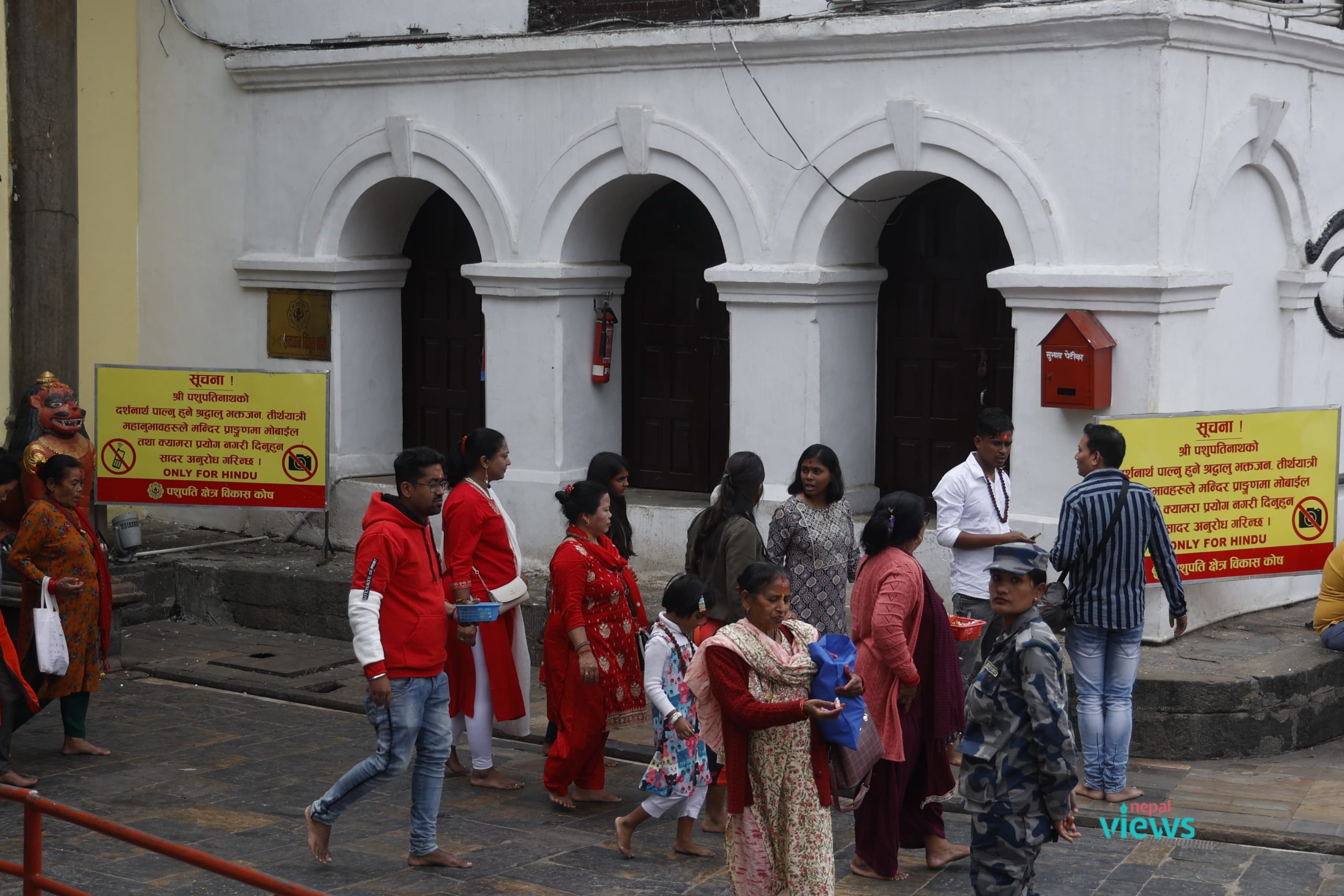
Devoted to the Hindu god Shiva in his form as Pashupati, protector of animals, the religious foundation here dates back at least to the 5th century BCE. Situated on the banks of the holy river Bagmati, Pashupatinath is one of the most revered Hindu temples in the world. Hindus from across the globe visit the temple site, with “only Hindus allowed” inside the temple complex — non-Hindus observe the temple from the terraces across the Bagmati River.
The Prabhus, an Indian-origin couple residing in the United States, are Non-Resident Indians (NRIs). They said they had the shock of their lives when they were asked to prove they were Hindus and then denied entry. They had arrived in Nepal just a day earlier.
“We came from America just to see Lord Pashupatinath,” said Prabhu, 75. “What are we supposed to do, other than what we did, to prove that we were Hindus?”
Exactly when the rule of allowing only Hindus inside the temple premises was introduced is not known.
According to Govinda Tandon, a former member-secretary of the Pashupati Development Trust and a cultural expert, the tradition started sometime after the year 1406 in the Nepali calendar (circa 1345–46 CE).
During that period, it is said, Shamsuddin Ilyas Shah, the Sultan of Bengal, launched a massive raid on Kathmandu. He attacked the Pashupatinath temple as well, damaging the main idol and looting the temple’s treasures. Historical accounts state that the main idol of Pashupatinath was broken into three pieces.
Tandon says that after that incident, in an effort to protect the temple, entry was restricted to Hindus only.
“To ensure the security of the temple after that attack, the tradition of allowing only Hindus inside was started,” Tandon said.
But the main question remains — how does one determine who is a Hindu and who is not?
There is no scientific or standardized method.
According to Tandon, followers of Hinduism, Buddhism, Jainism, and Sikhism are allowed inside the temple.
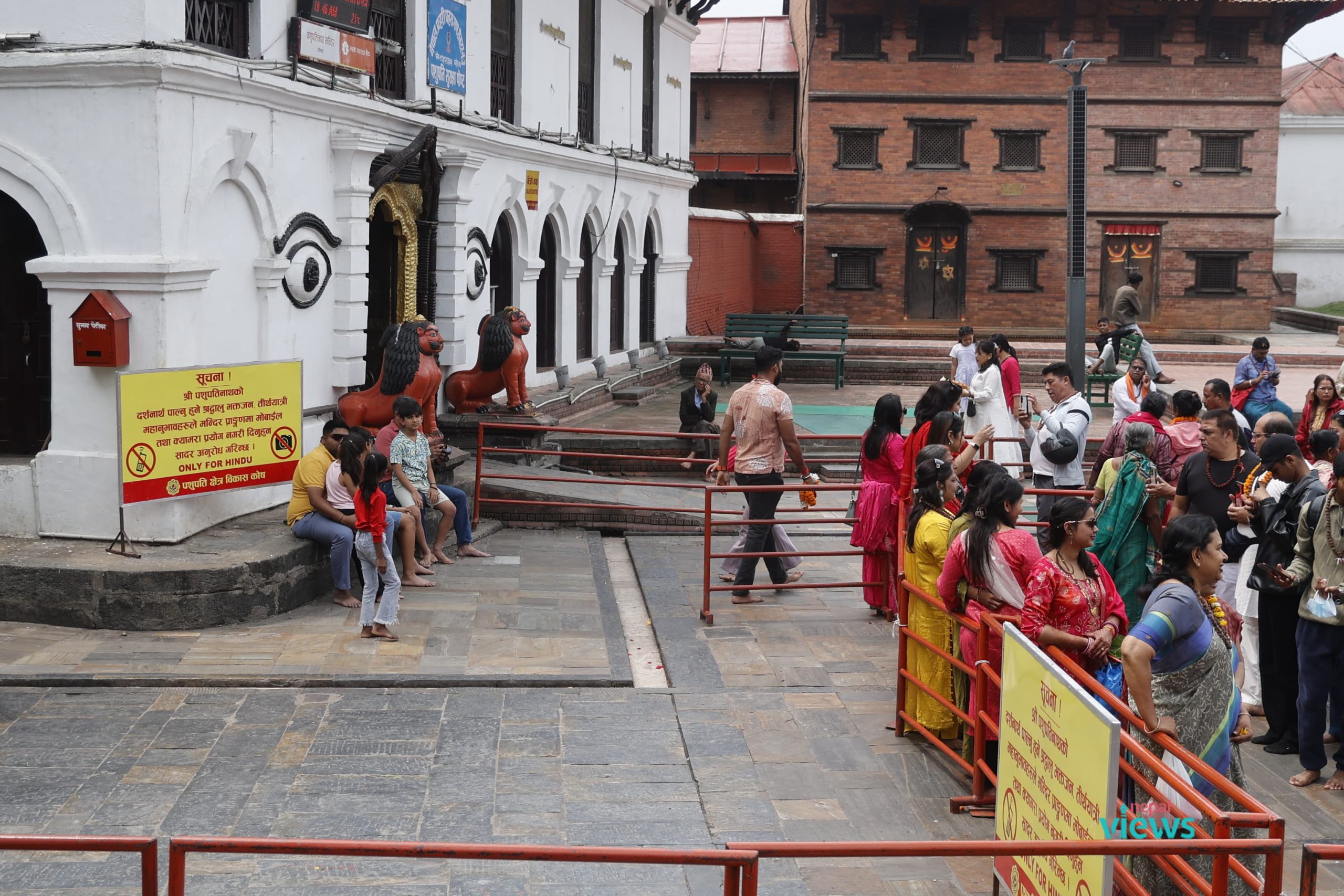
“All of these are considered part of the Sanatana tradition, so entry is permitted,” he said.
However, the responsibility of determining whether someone is Hindu falls entirely on the security personnel stationed at the gate. And the method that has been in practice is skin color.
“If the security personnel see a white face, they assume the person is a foreigner,” said Tandon. “There’s no other official standard. The guards simply use their discretion.”
In Nepal, there is a tendency to assume that a foreigner or a white-skinned person is a non-Hindu. While not as common now, foreigners were often labeled gore, meaning “white.”
Revati Raman Adhikari, spokesperson for the Pashupati Development Trust, confirmed that the practice has been that skin color is the main criterion used to distinguish Hindus from non-Hindus.
Asked how one can determine someone’s religion based on skin color,
Adhikari replied, “If the guards at the temple gate have doubts, the individual must produce documents that prove they are Hindus.”
But few countries issue identity documents that mention religious affiliation.
Birendra Burlakoti, a tourist guide working with Outfitter Nepal Treks and Expedition, says that many Hindu tourists have been denied entry to Pashupatinath just because they had fair skin.
“People here don’t understand that there are Hindus outside Nepal and India as well,” he said. “There are many Hindus in Indonesia. But every time I bring Indonesian tourists for a temple visit, we face difficulties.”
Tandon recalls a previous incident in which a British citizen of Indian origin was denied entry just because his skin color did not make him “look” like a Hindu.
Virendra Sharma, a former Member of Parliament from the UK’s Labour Party, experienced similar trouble because of his complexion. According to Tandon, Sharma, a Hindu, was stopped by guards because of his skin color. “He then approached us, and we arranged for him to visit the temple,” said Tandon.
But the issue has not only affected unassuming devotees. As some accounts suggest, the “only Hindu” rule once took on political and even geopolitical dimensions.
The story goes thus: In 1988, when then Indian Prime Minister Rajiv Gandhi visited Kathmandu, his wife Sonia Gandhi was denied entry into Pashupatinath, citing her religion as the reason. Even King Birendra is said to have expressed his helplessness, citing the “only Hindus” rule. Gandhi took it as an offense. Subsequently, on the pretext of Nepal’s attempt to buy anti-aircraft guns from China, the Gandhi government imposed a blockade in 1989. At the time, Nepal’s political parties were fighting for democracy. The blockade was seen as New Delhi’s support for the pro-democracy movement by political parties, which were then banned in Nepal. King Birendra eventually capitulated.
Apocryphal as that story may sound, the “only Hindu” signpost remains in place — the very sign that forced the Prabhu couple to prove their faith.
After being denied entry, the Prabhus could do nothing except write a letter of complaint addressed to the Pashupati Development Trust.
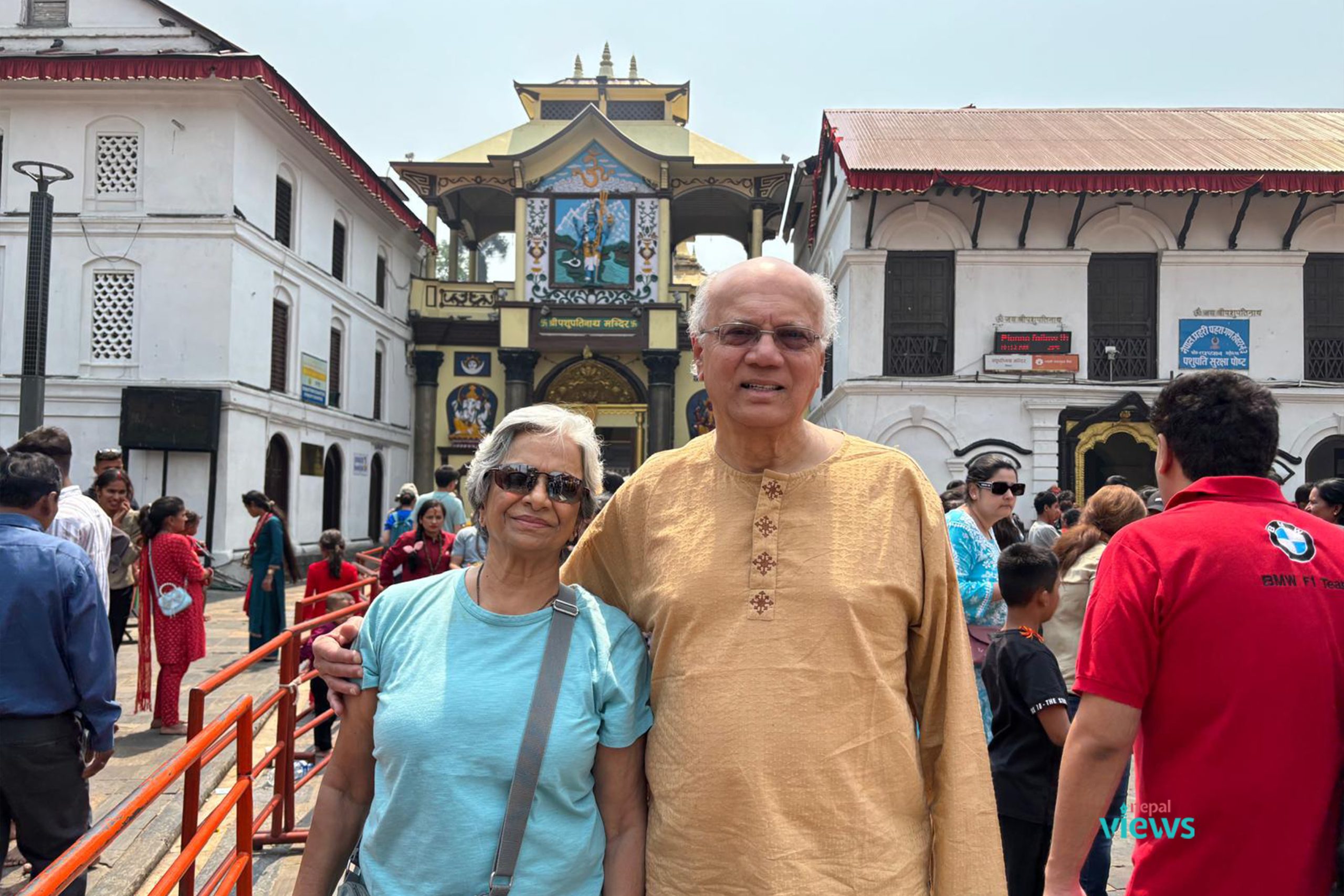
“We travelled thousands of miles to visit our revered deity, Lord Pashupatinath, but despite our repeated pleas, we were denied,” they wrote, describing the humiliation they had to endure. They urged the authorities not to subject the global Hindu diaspora to such shameful and painful experiences in the future.
“[We] urge you to immediately review this serious and disgraceful system,” they said.
Nepali version of the news


